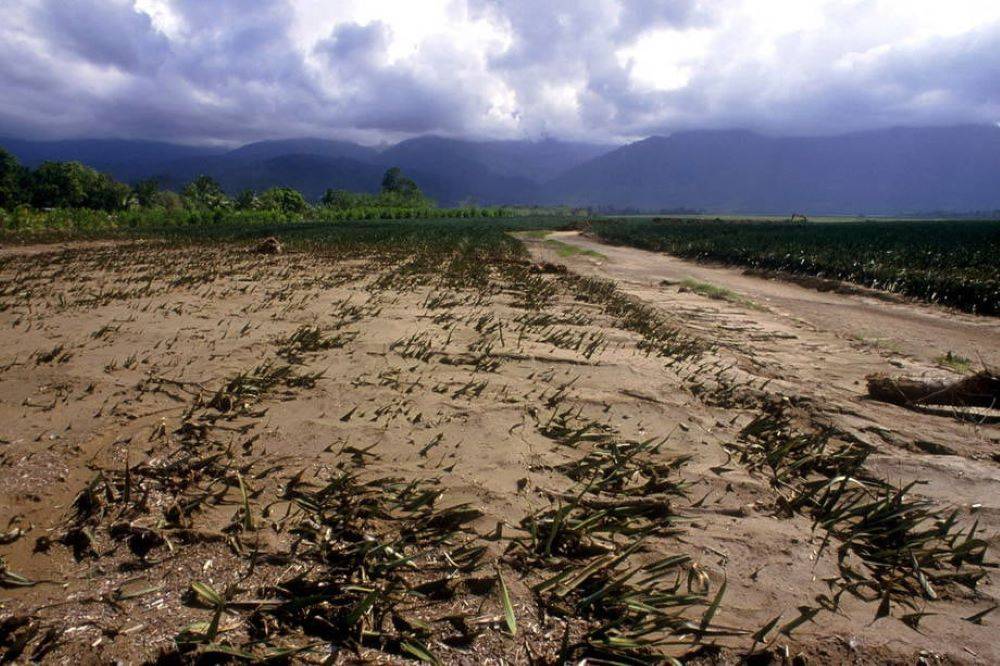
The El Nino phenomenon, renowned for its dramatic influence on global weather patterns, is nearing the end of its latest show. Following an exceptionally robust display as a 'Super El Nino,' its prominence is waning, potentially making room for the arrival of La Niña. What implications might this climatic transition hold?
Super Strong El Nino Sets the Stage
The El Nino spectacle commenced in June 2023, igniting heightened temperatures across the Pacific Ocean. NOAA’s Climate Prediction Centre reported temperatures soaring 2 degrees above normal between November 2023 and January 2024, a rarity seen only six times in recorded history. The ramifications were felt worldwide, with 2023 marked as the hottest year on record, profoundly influencing weather conditions across the globe.
By December, signs emerged that El Nino had reached its peak and was beginning to lose momentum. Confirmation arrived in February 2024, as observations indicated a decline in sea surface temperatures in the central tropical Pacific. The Australian Bureau of Meteorology foresees a return to neutral El Nino–Southern Oscillation (ENSO) levels by the southern hemisphere's autumn of 2024.
Anticipation Builds for La Nina’s Entrance
With El Nino exiting, attention turns to the potential emergence of La Niña. Often regarded as the 'cool cousin,' La Nina may herald increased rainfall and cooler temperatures, offering respite to regions parched by El Nino. The lingering question remains: when will La Nina make its appearance, and to what extent will its impact be felt?
Impact on India
For India, the repercussions of these climatic shifts are profound. El Nino's grip left over 60% of the country grappling with deficient rainfall in January, severely affecting agriculture and water resources. The prospect of La Niña brings hope for replenishing rains, potentially revitalizing water reserves and enhancing crop yields. Nevertheless, the effects of La Niña vary regionally, with South and Central India typically benefiting more from increased rainfall, while North India may experience differing outcomes.
Despite the potential benefits, La Nina’s arrival isn't without its challenges. Untimely rains during harvest seasons could lead to economic losses, while heightened precipitation may escalate the risk of flooding, necessitating robust water management strategies and preparedness measures.
















